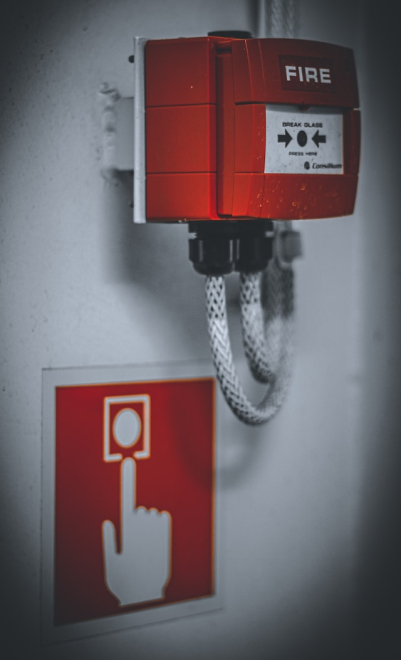- Change theme
Creating a Clear Emergency Plan for Your Business

Emergencies are an unpredictable yet unfortunate reality in the workplace, so being unprepared simply isn’t an option for business owners.
04:04 09 January 2025
Emergencies are an unpredictable yet unfortunate reality in the workplace, so being unprepared simply isn’t an option for business owners.
In 2021, US employees sustained more than 900,000 non-fatal injuries in the workplace – and that’s not even mentioning cyberattacks and fire events. A clear and comprehensive emergency plan protects your staff and customers and safeguards your business operations from prolonged disruption.
Crafting an effective plan involves a strategic approach that addresses potential risks and outlines actionable responses. Here’s how to ensure your business is ready when it matters most.
Conducting a Thorough Risk Assessment
Detailed risk assessment is the cornerstone of any emergency plan. Understanding potential hazards specific to your business environment helps you prepare for and mitigate risks, whether those are fires, natural disasters, or even cyberattacks.
For instance, a retail store may prioritize evacuation plans for fires or severe weather, while IT firms may focus on installing robust cybersecurity.
Many external consulting services can help pinpoint responsibilities, guide your evaluation process, and address your unique challenges.
Establishing Clear Evacuation Procedures
Chaos can quickly spiral out of control in the midst of an emergency, so you need a well-defined evacuation plan. Having a clear evacuation route and assembly points where staff can regroup safely can maximize safety and minimize confusion.
Fire safety plans, in particular, are a legal requirement in the US workplace. As an employer, you need to clearly mark escape routes, emergency doors, and training for all staff.
Consistency in practice can mean the difference between an orderly exit and dangerous disarray so conduct regular drills.
Implementing Effective Communication Systems
During an emergency, communication saves lives. Setting up reliable systems to alert and guide employees in real-time is vital. Alarms, public address systems, and mobile notifications should all be part of your communication arsenal.
Modern technology offers advanced tools such as time delay relays and app-based systems that send tailored alerts directly to employees’ phones. This enables instant dissemination of critical updates, ensuring your team is informed and prepared to act swiftly.
Whatever system you choose, test it regularly to ensure functionality under pressure.
Assigning Roles and Responsibilities
An effective emergency plan hinges on everyone knowing what they are supposed to be doing.
Designate specific responsibilities to team members to avoid duplication of effort or gaps in action. Assign fire wardens to guide evacuations, first aiders to attend to medical needs, and a crisis coordinator to oversee the entire operation.
Clearly defined roles create structure and enable a faster, more organized response. Regular training and simulations help your team members gain confidence in their assigned duties, ensuring readiness when faced with real emergencies.
